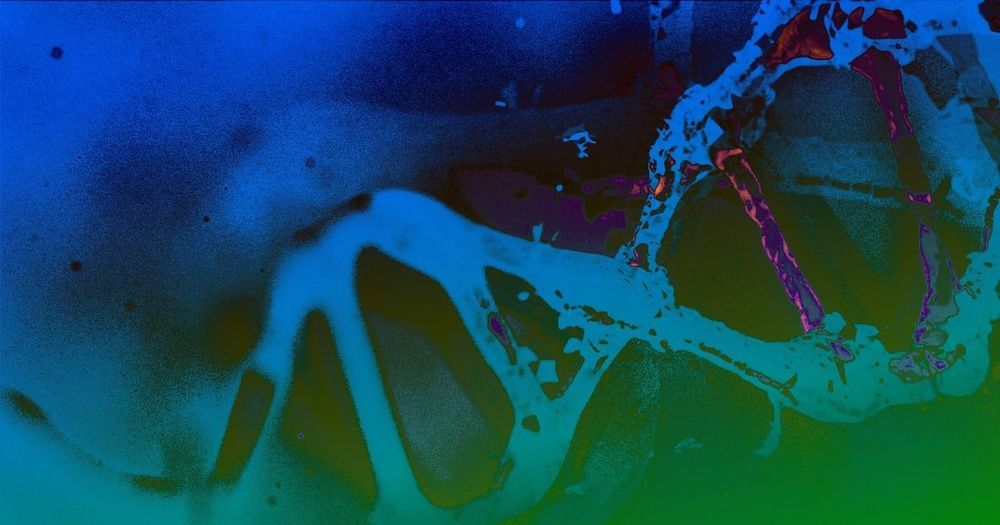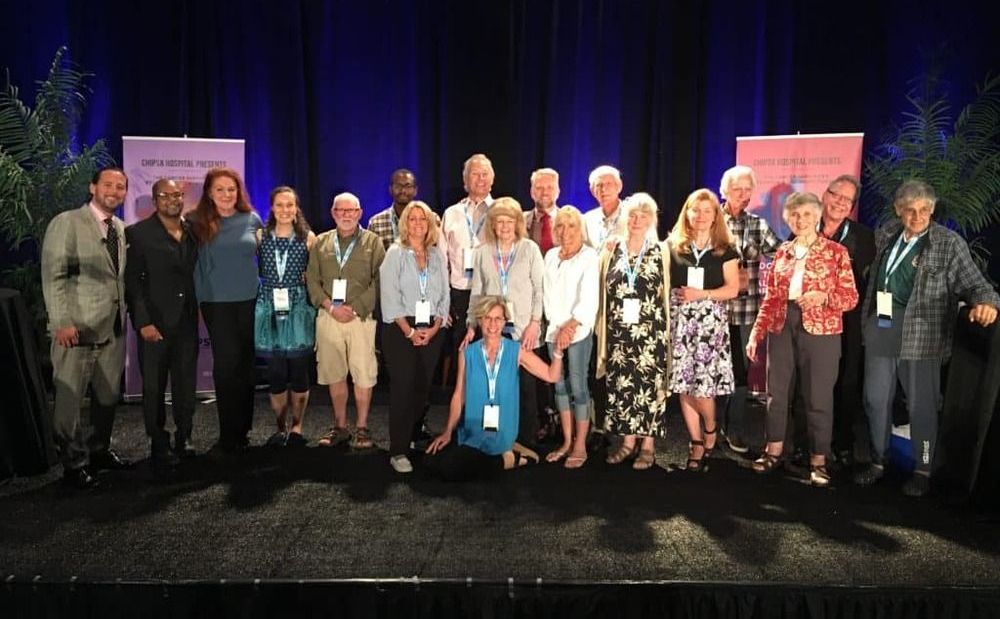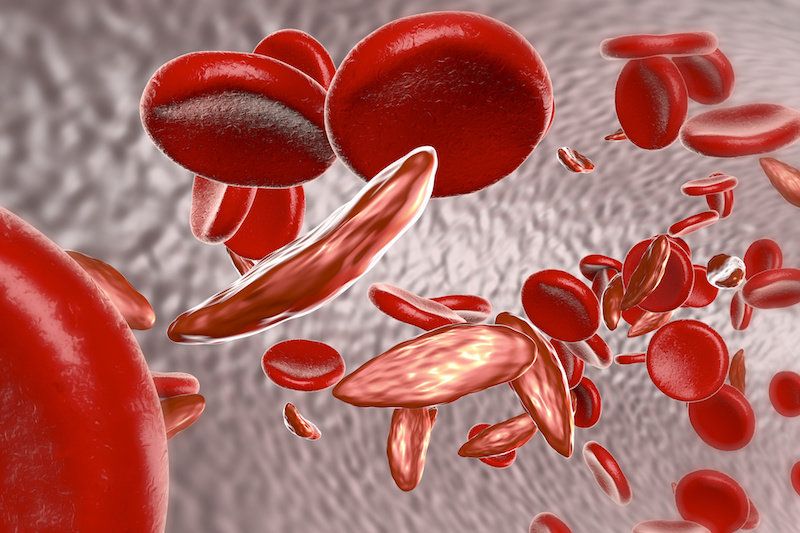(repeat) Are you ready to defer all your personal decision-making to machines? Polls show that most Americans are uneasy about the unchecked growth of artificial intelligence. The possible misuse of genetic engineering also makes us anxious. We all have a stake in the responsible development of science and technology, but fortunately, science fiction films can help.
The movies Ex Machina and Jurassic Park suggest where A.I. and unfettered gene-tinkering could lead. But even less popular sci-fi movies can help us imagine unsettling scenarios regarding over-population, smart drugs, and human cloning.
And not all tales are grim. The 1951 film, The Man in the White Suit, weaves a humorous story of materials science run amok.



 Take for instance Dr. Franco Marincola. The fa med former chief of immunogenetics for the NIH, editor of 9 peer reviewed publications and co-author of the textbook mosts oncologists use for immunotherapy reference. Dr. Marincola joined the CHIPSA Scientific advisory board in June and speaks highly of their work and passion for translational science.
Take for instance Dr. Franco Marincola. The fa med former chief of immunogenetics for the NIH, editor of 9 peer reviewed publications and co-author of the textbook mosts oncologists use for immunotherapy reference. Dr. Marincola joined the CHIPSA Scientific advisory board in June and speaks highly of their work and passion for translational science.




